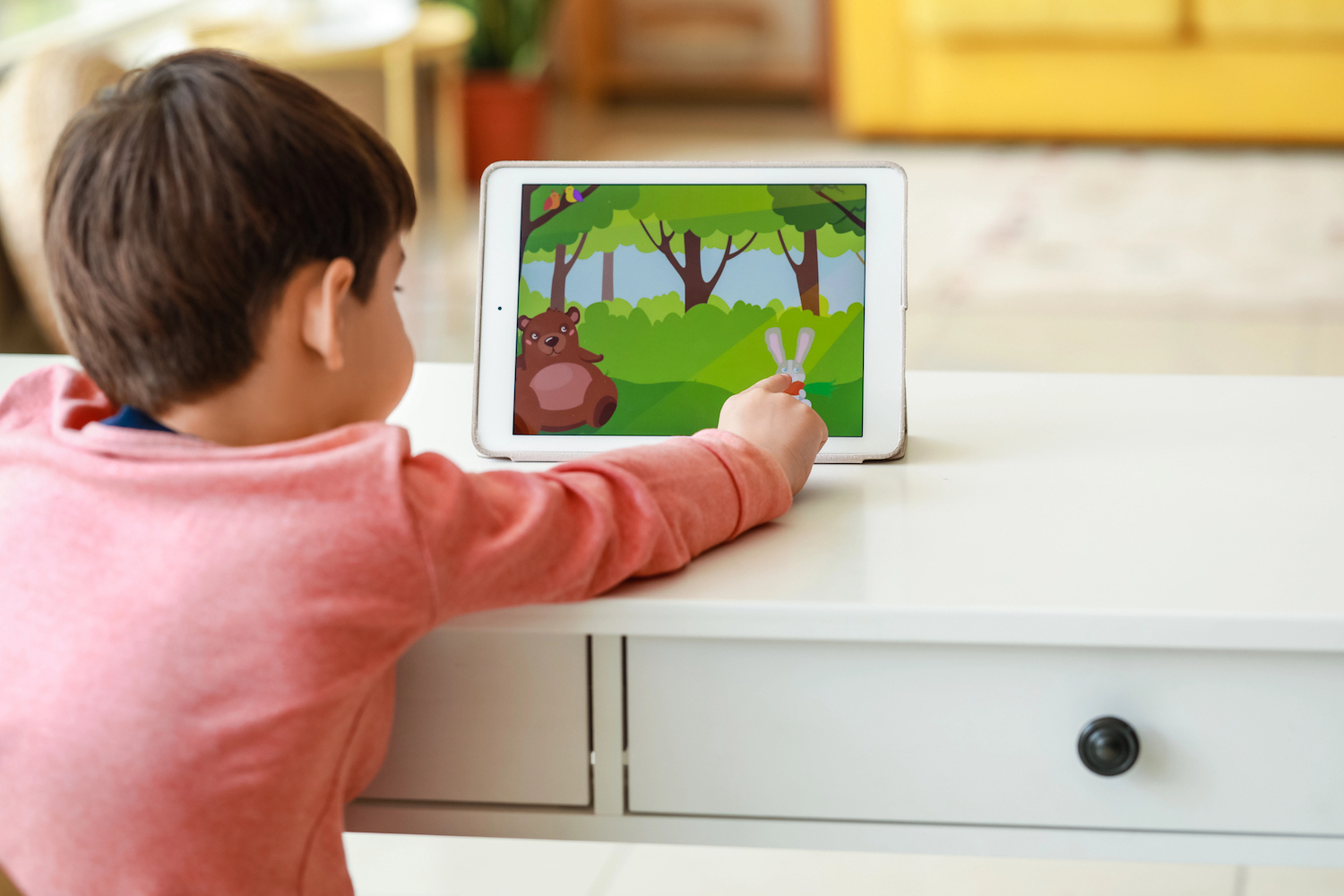Creating an animation video for children is a process that combines creativity, technical skills, and a deep understanding of what engages young audiences. From brainstorming concepts to delivering the final product, each step requires careful planning and execution. Here’s a step-by-step guide to help you effectively make an animation video for children.
Step One: Define Your Concept
Defining the concept is the initial step in designing a creative animation video for children. This involves deciding the story, theme, and message you want to convey. Children’s animation often incorporates vibrant visuals, relatable characters, and simple, engaging storylines.
Think about what appeals to your target age group. For instance, preschoolers may enjoy whimsical tales with animal characters, while older children may prefer stories with a touch of humour or adventure. By clarifying your concept early, you can ensure your animation resonates with its intended audience.
Step Two: Create a Detailed Script
Once you’ve finalized your concept, the next step is to create a detailed script. The script acts as the blueprint and defines your animation video’s dialogue, actions, and key moments.
For children, simplicity is key. Use straightforward language and avoid overly complex sentences. Include humor, learning, or surprise moments to keep young viewers entertained. This script will also serve as a guide during the animation process, ensuring consistency in the storyline.
Step Three: Design the Storyboard
Designing a storyboard is an essential part of planning your animation video. A storyboard is a sequence of illustrations visually representing each scene in the script.
The storyboard should emphasize bright colours, expressive characters, and dynamic action for children’s animation. It helps you conceptualize the video’s flow and resolve potential obstacles early, streamlining the production process. The storyboard also serves as a reference for animators, voice actors, and other team members.

Step Four: Record the Audio
Audio recording is a crucial element of animation videos, especially for children. Engaging voiceovers and sound effects can significantly enhance the viewing experience.
Begin by recording the dialogue outlined in the script. Choose voice actors who can bring energy and personality to the characters; warm, lively, and expressive voices work best for children’s content.
Add sound effects and music that complement the tone of your animation, ensuring they are age-appropriate and not too overwhelming.
Step Five: Animate the Scenes
Animating the scenes is the most time-intensive part of the process. Create the visual sequences using your storyboard and audio recordings as guides.
Choose an animation style that suits your concept. 2D animation is often preferred for children due to its simplicity and charm. However, 3D animation can also be effective for creating immersive experiences. During this phase, focus on making the movements smooth and the visuals vibrant to capture the attention of young viewers.
Step Six: Finalize the Video
The final step in creating an animation video for children is combining all the elements—animation, audio, and special effects—into a cohesive product. Use editing software to fine-tune the video’s timing, transitions, and overall flow.
Ensure that the video’s pace aligns with the attention span of your target age group. Children generally respond well to shorter, fast-paced videos with clear resolutions. Once the editing is complete, review the video for errors or inconsistencies.
On A Final Note
Producing an animation video for children requires effort and creativity, but the results are highly fulfilling. By following these steps—defining your concept, scripting, storyboarding, recording audio, animating scenes, and finalizing the video—you can produce content that entertains, educates, and inspires. With careful attention to each phase, your animation video can leave a lasting impression on young audiences.





